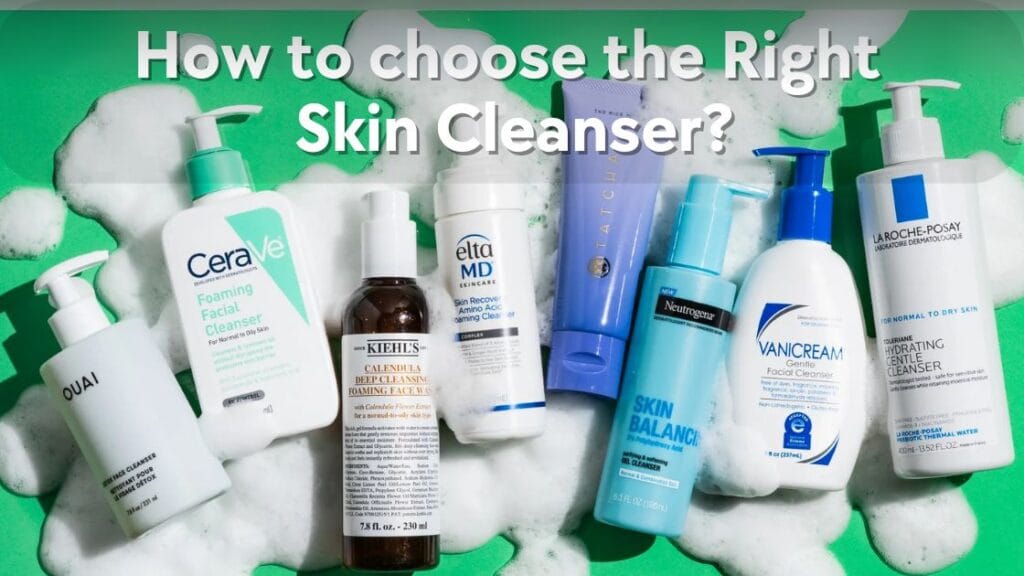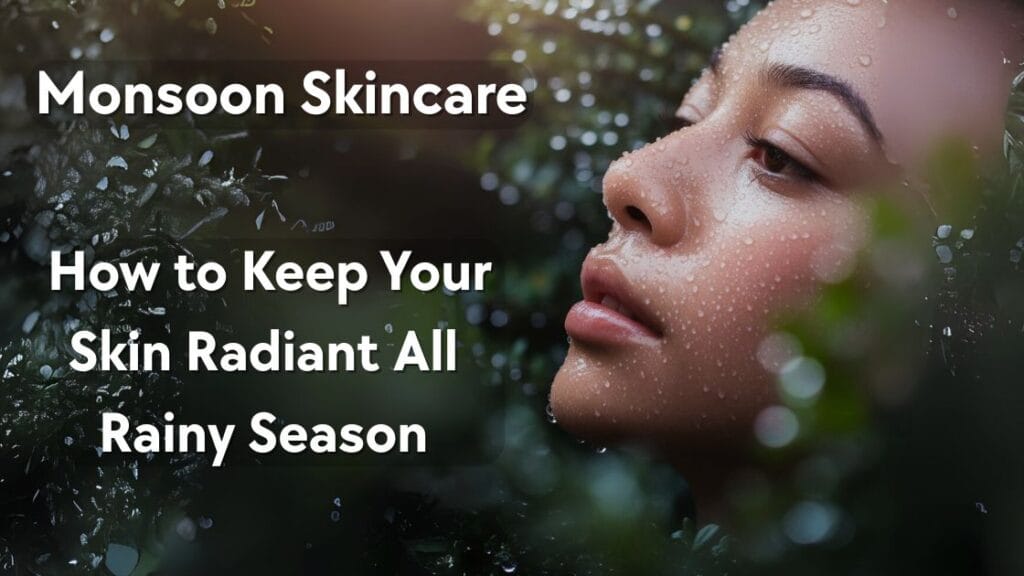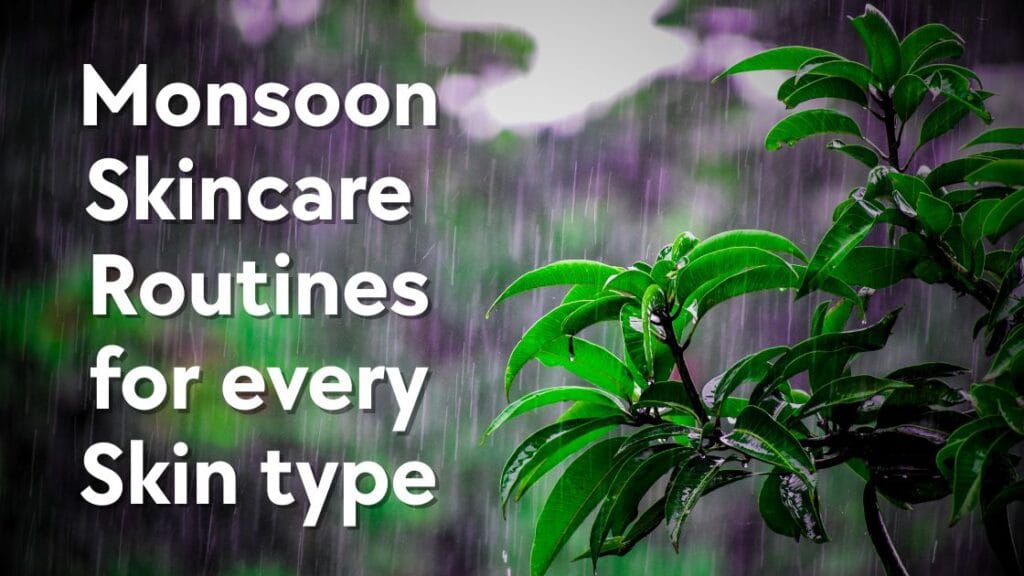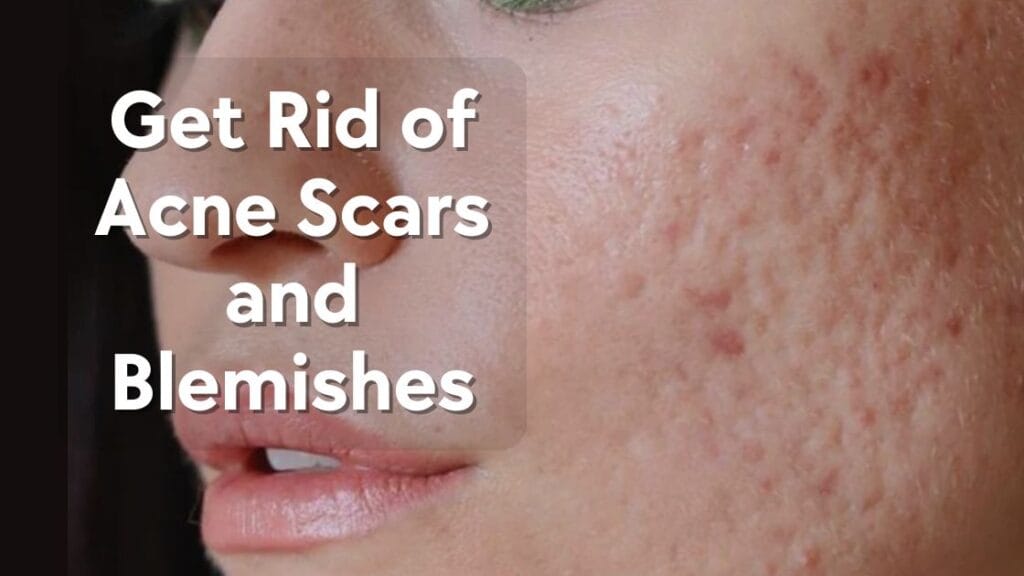Introduction
There’s nothing quite like the fresh feel after cleansing your face. But if your skin feels tight, dry, or tingly afterwards, that cleanser might be doing more harm than good. I experienced that firsthand when trying a trendy foaming cleanser. At first, it seemed refreshing. Then, redness, dryness, and discomfort appeared. I realised that not all skin cleansers are created equal.
A skin cleanser is the first and most essential step in any skincare routine. It removes dirt, makeup, sweat and impurities. But the wrong type or formula can disrupt your skin barrier, cause sensitivity flare ups, or imbalance moisture. In this blog, I’ll guide you through what skin cleanser means, how to pick the right one for your skin type, gentle usage tips, real stories, and at least ten common FAQs users look up. Think: friendly coach advice, no fluff.
What Is a Skin Cleanser and Why It Matters?
A skin cleanser is a product designed to remove daily grime without damaging your natural skin barrier. Unlike a regular bar soap, cleansers are formulated to be pH balanced, non irritating and often include actives that support hydration or target concerns. According to reliable skincare guidelines, using a cleanser helps keep pores clear, prevents buildup, and prepares skin to absorb moisturisers and treatment serums effectively.
Using the wrong cleanser, say, one that’s alkaline or full of harsh surfactants, can disrupt your acid mantle and lead to dryness, redness, or breakouts. Skin experts emphasise that cleansing isn’t just hygiene it’s foundational skincare.
Types of Skin Cleansers and When to Use Them
Gel and Foaming Cleansers
These are best suited for oily or combination skin, they lather and rinse off oil and dirt effectively. Some formulas include salicylic acid for acne control. But high foam cleansers often contain sulfates, which can strip hydration.
Cream or Lotion Cleansers
Ideal for dry, sensitive, or mature skin, these formulas offer a comforting and hydrating cleanse without foam. They often include hyaluronic acid, glycerin, or ceramides.
Micellar Water or Oil Cleansers
Great for dry, sensitive, or dehydrated skin. Micellar cleansers use tiny oil micelles to lift grime gently without water. Oil cleansers and cleansing balms melt surface oils and sunscreen, especially helpful in double cleansing routines.
Low pH Cleansers
Skin’s natural pH hovers around 4.7–5.5. Cleansers formulated within that range cleanse gently while preserving the acid mantle. Ideal for sensitive and combination skin.
How to Pick the Right Cleanser for Your Skin Type
Normal Skin
Typically balanced, without chronic dryness or oiliness. A mild gel or creamy cleanser with hydrating ingredients works well. It cleans effectively without stripping the skin’s barrier.
Oily or Acne Prone Skin
Look for gel cleansers with salicylic acid or gentle antibacterial agents. Avoid oily or creamy cleansers that might clog pores. Low pH options with minimal foam are also good.
Dry or Dehydrated Skin
Cream or lotion cleansers with humectants like glycerin or ceramides are ideal. Micellar cleansers or cleansing oils help dissolve impurities without water or stripping.
Combination Skin
T-zone tends to be oily and cheeks dry. A gentle gel cleanser balanced with hydrating ingredients helps. Double cleansing with oil based first, then gentle aqueous cleanser can address both concerns.
Sensitive or Reactive Skin
Select fragrance free, soap free cleansers with minimal ingredients. Avoid exfoliating cleansers. Patch testing is crucial for new formulas.
Personal Anecdote: Learning from a Bad Cleanser Experience
I once switched to a trendy high foam cleanser that promised bright skin. Felt clean instantly, but by the next morning, my cheeks were tight, flaky, and slightly red. Moisturiser stung. That cleanser had disrupted my barrier. I reverted to a simple cream cleanser with glycerin and hyaluronic acid. In a few days, my skin recovered, and my barrier felt stronger. It taught me a clear lesson: cleaner doesn’t always mean gentler.
Tips for Using a Skin Cleanser Effectively
- Patch test the new product on the jawline or behind ear and observe reaction for 24–48 hours.
- Cleansing frequency: twice a day (morning and evening) is standard. For dry/sensitive skin, once at night may suffice. Overwashing can cause rebound oil or dryness.
- Use lukewarm water, not hot, to avoid barrier damage. Pat dry gently, don’t rub.
- Follow with moisturiser immediately to lock in hydration.
- Limit exfoliating cleansers (like acid or scrub types) to once or twice weekly for sensitive or dry skin.
- Rotate your cleanser seasonally or if your skin condition changes.
FAQs (People Also Ask)
- Can a skin cleanser cause dryness?
- Yes, especially those with strong surfactants or alcohol. Always ensure hydrating ingredients are present.
- Is double cleansing necessary?
- If you wear makeup or SPF, a lightweight oil or micellar wipe followed by a gentle cleanser helps remove residues without overstripping.
- How long should I cleanse?
- Massaging for about 30–60 seconds is sufficient. The “60 second rule” by skin pros helps dissolve makeup, dirt, and oil effectively.
- How often should I change cleansers?
- If you notice dryness, flare ups, or seasonal skin shifts, updating cleanser every few months is wise for skin health.
- Are natural cleansers always safer?
- Not necessarily. Essential oils or baking soda can alter pH or trigger allergies. Always patch test.
- Can foaming cleansers be used on dry skin?
- Generally, no, they may strip oils and worsen dryness unless they’re low sulfate and hydrating.
- What does a low pH cleanser do?
- It maintains skin’s acid mantle and moisture while cleansing gently, great for sensitive and combination skin.
- How do you know a cleanser is right for you?
- Post wash skin should feel clean, not tight or squeaky, and not greasy. No new acne or residue should appear.
- Do cleansers remove sunscreen well?
- Some water based cleansers struggle with water resistant SPF. Micellar or oil based cleansers help lift these residues.
- When to consult a dermatologist?
- If skin remains irritated or breaks out despite switching cleansers and hydrating, external guidance is best.
Tools & Apps to Support Your Selection Process
- Ingredient checkers like EWG’s database help screen potential irritants.
- Patch test log apps help track reactions when testing new cleansers.
- Skincare journaling apps like TroveSkin or SkinJournal assist in monitoring product effects over time.
- Hydration reminder apps (WaterMinder, HydroCoach) support internal hydration, which enhances skin barrier repair.
Conclusion
Skin cleanser is more than just a face wash, it’s the foundation of skin health. Choosing the right type, matching your skin’s needs, and using it gently makes all the difference. Gel cleaners suit oily types; cream or lotion types rescue dry or sensitive skin, micellar or oil cleansers help dissolve heavy filters safely. Stay consistent, patch test wisely, and look out for your skin’s signals. Your cleanser should clean and comfort, not challenge your skin.
TL;DR Summary Box
- Skin cleanser removes daily impurities, and the right formula protects rather than damages.
- Ideal pH range: 4.7–5.5 to maintain barrier health
- Gel cleansers: good for oily/combination skin
- Cream or lotion cleansers: best for dry and sensitive skin
- Micellar/water/oil based cleansers: excellent for double cleansing and removing SPF
- Always patch test new products and rinse with lukewarm water
- Moisturise immediately after cleansing
- Limit exfoliating cleansers to 1–2× per week.
- Rotate cleanser if skin changes or reacts.
- Top cleanser apps: ingredient checkers, patch test logs, hydration trackers
- Switch if cleanser leaves skin tight, dry, irritated or breakout prone
With the right cleanser and mindful approach, you’ll build a healthy, balanced base, setting the stage for radiant skin and effective routines ahead.





